The Green Children of Woolpit is a legendary tale that dates back to the 12th century and recounts the story of two children who appeared on the edge of a field in the English hamlet of Woolpit.
The Green Children of Woolpit
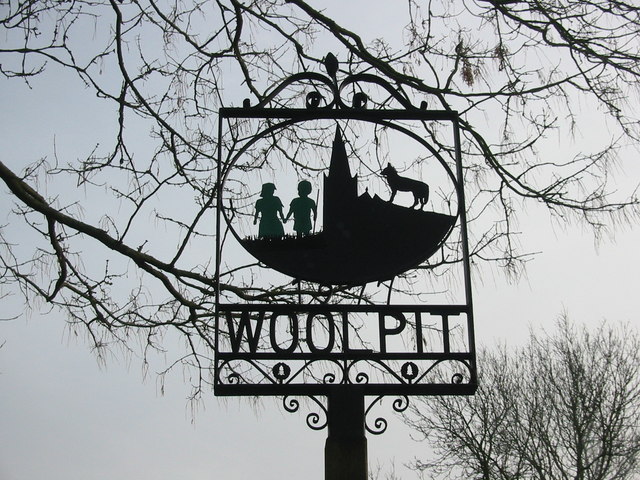
The little girl and boy were both green-skinned and spoke a strange language. The children got ill, and the boy died, however the girl survived and began to learn English over time. She subsequently told the story of their origin, claiming they originated from a location called St Martin’s Land, which existed in a perpetual twilight environment and where the inhabitants resided underground.
While some believe the story to be a folk tale that depicts an imagined meeting with people of another planet under our feet, or even extraterrestrials, others believe it to be a true, if somewhat changed, account of a historical event that demands further study.
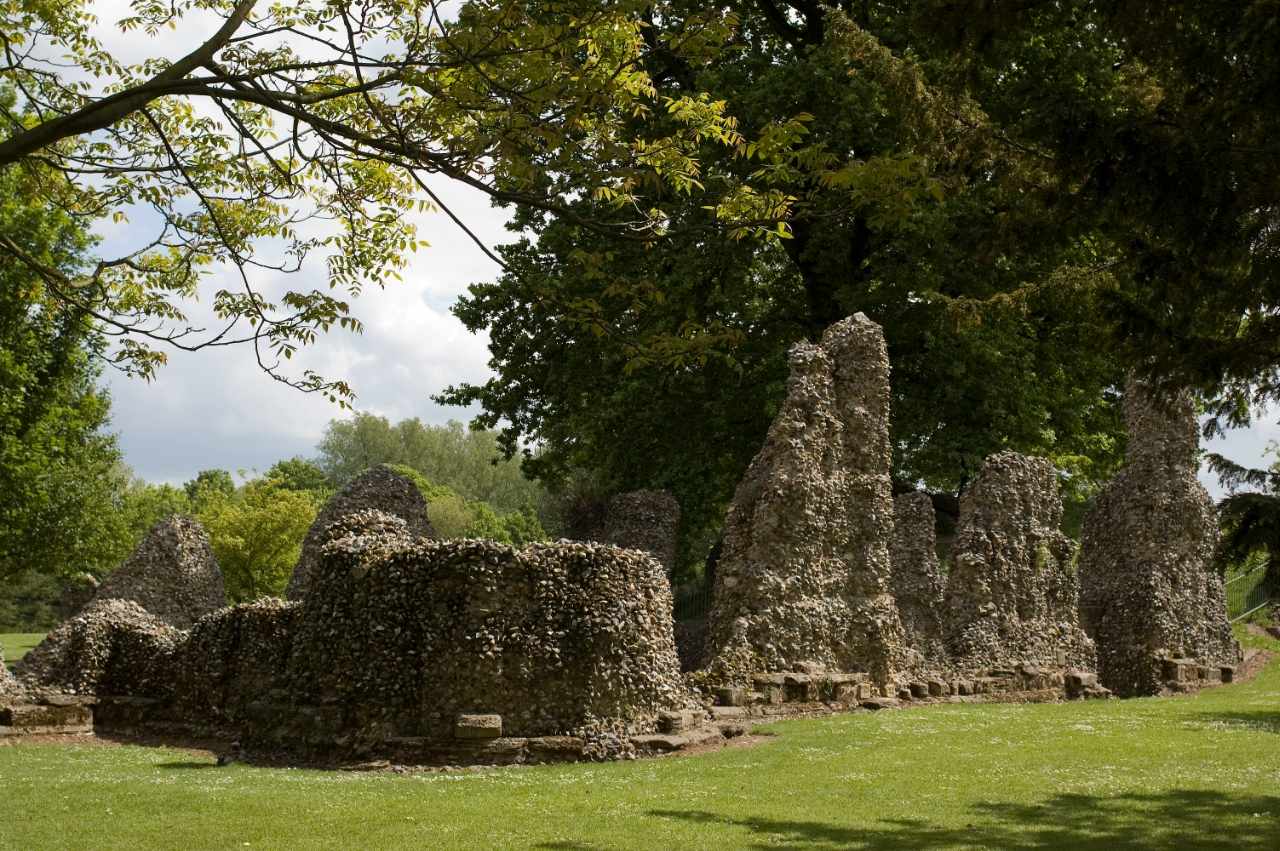
The story takes place in the hamlet of Woolpit in Suffolk, East Anglia. It was located in the most agriculturally productive and heavily inhabited region of rural England throughout the Middle Ages. The hamlet had formerly been owned by the wealthy and powerful Abbey of Bury St. Edmunds.
Two 12th-century chroniclers recorded the story: Ralph of Coggestall (died c 1228 AD), abbot of a Cistercian monastery in Coggeshall (about 42 kilometres south of Woolpit), who wrote about the green children of Woolpit in the Chronicon Anglicanum (English Chronicle); and William of Newburgh (1136-1198 AD), an English historian and canon at the Augustinian Newburgh Priory, far to the north in Yorkshire, who includes the story of the green children of Woolpit in his main work Historia rerum Anglicarum (History of English Affairs).
Depending on whatever version of the story you read, the writers stated that the events occurred during the reigns of King Stephen (1135-54) or King Henry II (1154-1189). And their stories expressed nearly similar events.
The story of the Green Children of Woolpit
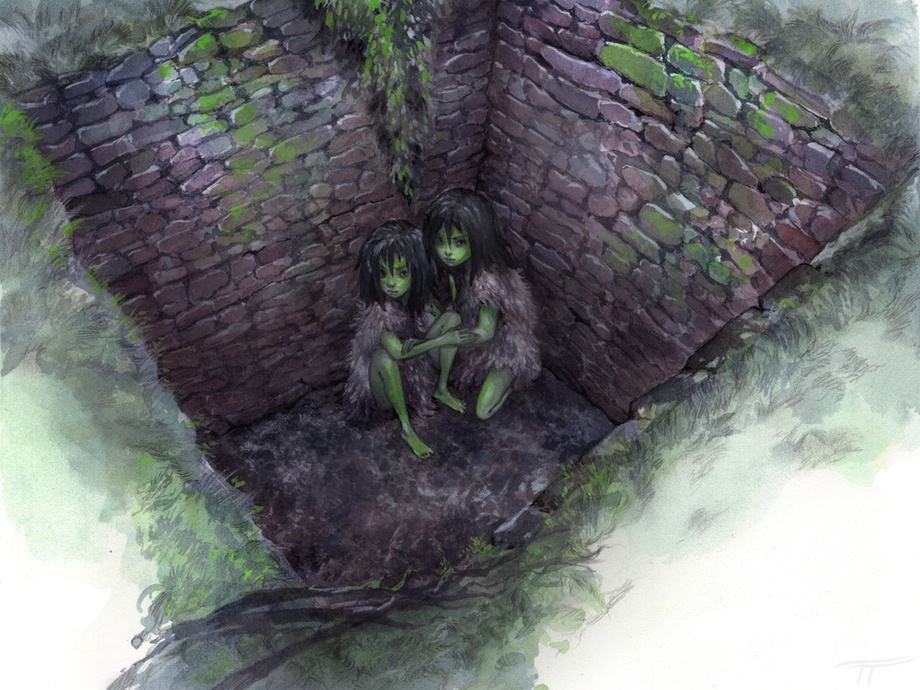
According to the green children’s story, a boy and his sister were discovered by reapers, when they were working in their fields during harvest near some ditches dug to trap wolves at St Mary’s church of the Wolf Pits (Woolpit). Their skin was green, their clothing were made of strange materials, and they were speaking in a language that was unknown to the reapers.
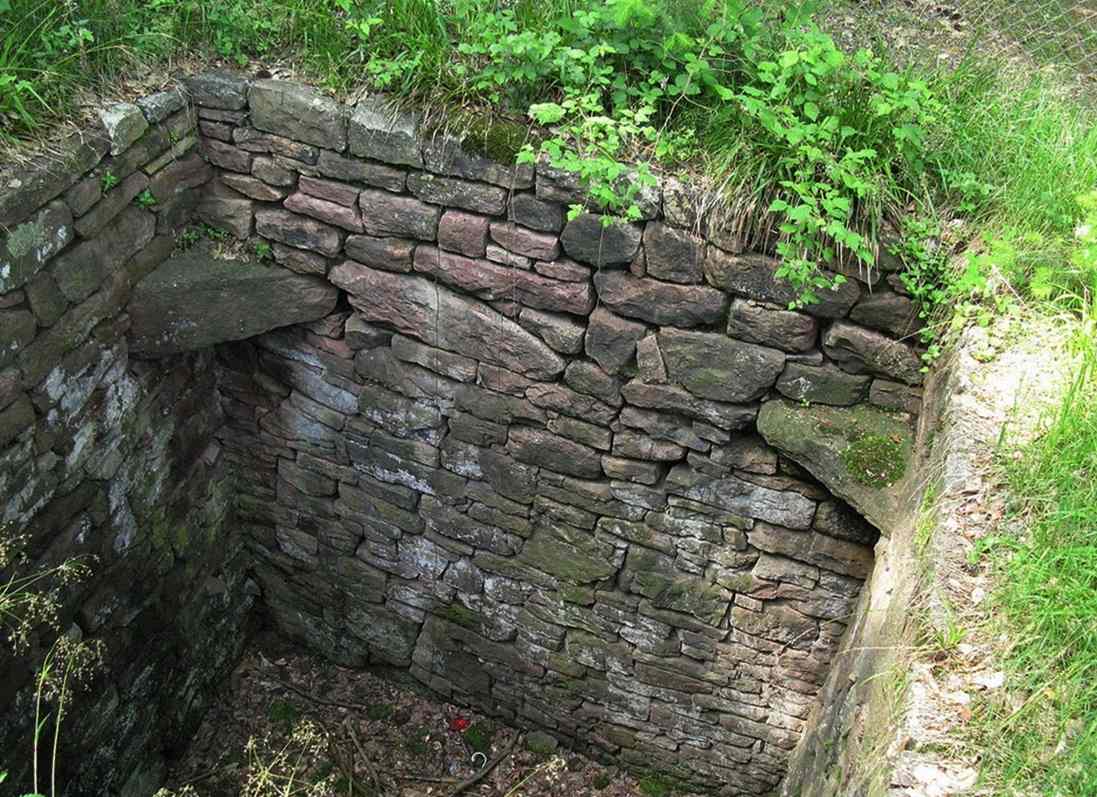
Even though they looked hungry, the children refused to consume any of the food that was offered to them. Eventually, the locals brought over freshly picked beans, which the children devoured. They lived only on beans for months until they developed a taste for bread.
The boy got ill and died shortly after, while the girl stayed healthy and ultimately lost her green-tinged skin. She learnt to speak English and subsequently married in the adjacent county of Norfolk, in King’s Lynn.
According to some legends, she took the name ‘Agnes Barre,’ and the man she married was a Henry II envoy, however these facts have not been confirmed. She told the story of their origin once she learnt how to speak English.
A very strange underground land
The girl and her brother claimed to have come from the “Land of Saint Martin,” where there was no sun but constant darkness and everyone was green like them. She mentioned another ‘luminous’ area seen across a river.
She and her brother were out tending to their father’s flock when they stumbled into a cave. They entered the tunnel and walked in the darkness for a long time before emerging on the other side into bright sunlight, which they found surprising. It was then that they were discovered by the reapers.
Explanations
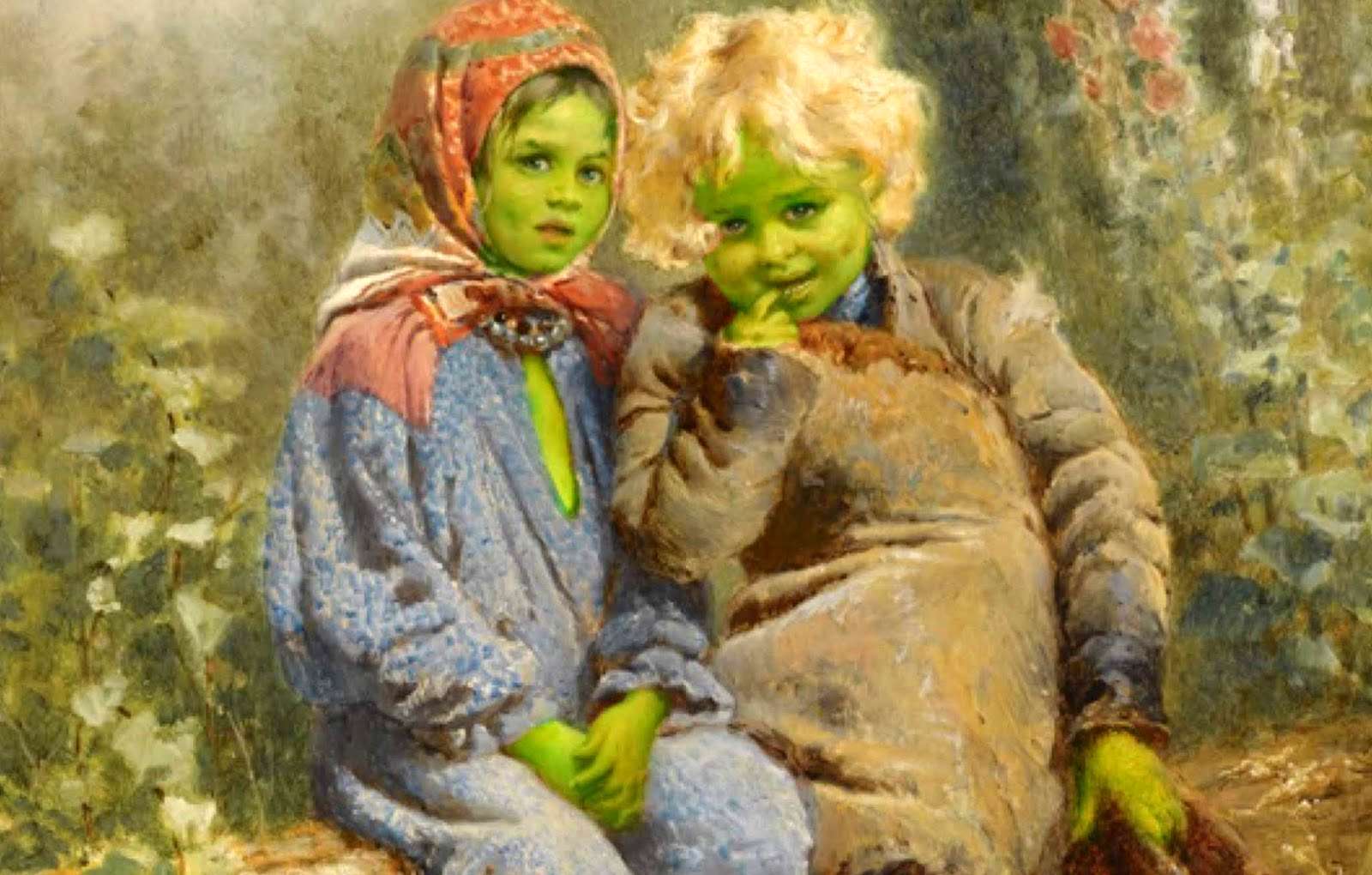
Many theories have been suggested throughout the years to explain this strange account. Regarding the children’s greenish-yellow coloring, one theory is that they were suffering from Hypochromic Anemia, also known as Chlorosis (derived from the Greek word ‘Chloris’, which means greenish-yellow).
A particularly bad diet causes the disease, which alters the color of the red blood cells and resulting in a noticeable green hue of skin. The fact that the girl is characterised as reverting to a normal hue after adopting a healthy diet lends credibility to this idea.
In Fortean Studies 4 (1998), Paul Harris proposed that the children were Flemish orphans, probably from a neighboring town called Fornham St. Martin, which was separated from Woolpit by the River Lark.
Many Flemish immigrants arrived in the 12th century but were persecuted throughout King Henry II’s reign. Many people were slain near Bury St Edmunds in 1173. If they had escaped into Thetford Forest, the terrified children may have thought it was everlasting twilight.
They might possibly have entered one of the many underground mine passageways in the region, eventually leading them to Woolpit. The children would have been a startling sight to the Woolpit peasants, dressed in odd Flemish clothing and speaking another language.
Other observers have claimed that the children’s origins are more ‘other-worldly’. Many people believe that the green children of Woolpit “fell from Heaven” after reading Robert Burton’s 1621 book “The Anatomy of Melancholy,” leading some to assume that the children were extraterrestrials.
Astronomer Duncan Lunan proposed in a 1996 article that was published in the magazine Analog that the children were accidentally teleported to Woolpit from their home planet, which may be trapped in synchronous orbit around its sun, presenting the conditions for life only in a narrow twilight zone between a intense hot surface and a frozen dark side.
Since the first documented reports, the story of the green children of Woolpit has lasted over eight centuries. While the true details of the story may never be discovered, it has inspired countless poetry, books, operas, and plays around the world, and it continues to captivate the imagination of many inquisitive minds.
After reading about the green children of Wolpit read the fascinating case of the blue people of Kentucky.




